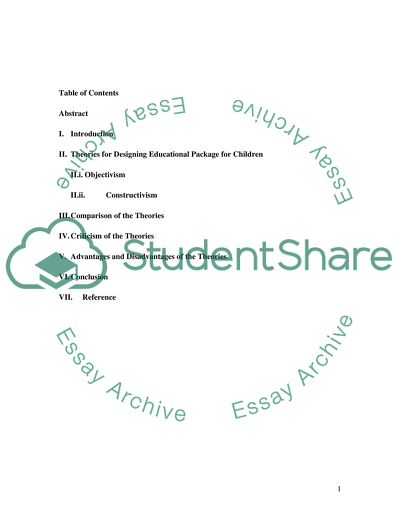Cite this document
(“Applying Constructivism and Objectivism Learning Theories in the Essay”, n.d.)
Applying Constructivism and Objectivism Learning Theories in the Essay. Retrieved from https://studentshare.org/education/1538100-applying-constructivism-and-objectivism-learning-theories-in-the-design-of-educational-package-software
Applying Constructivism and Objectivism Learning Theories in the Essay. Retrieved from https://studentshare.org/education/1538100-applying-constructivism-and-objectivism-learning-theories-in-the-design-of-educational-package-software
(Applying Constructivism and Objectivism Learning Theories in the Essay)
Applying Constructivism and Objectivism Learning Theories in the Essay. https://studentshare.org/education/1538100-applying-constructivism-and-objectivism-learning-theories-in-the-design-of-educational-package-software.
Applying Constructivism and Objectivism Learning Theories in the Essay. https://studentshare.org/education/1538100-applying-constructivism-and-objectivism-learning-theories-in-the-design-of-educational-package-software.
“Applying Constructivism and Objectivism Learning Theories in the Essay”, n.d. https://studentshare.org/education/1538100-applying-constructivism-and-objectivism-learning-theories-in-the-design-of-educational-package-software.


